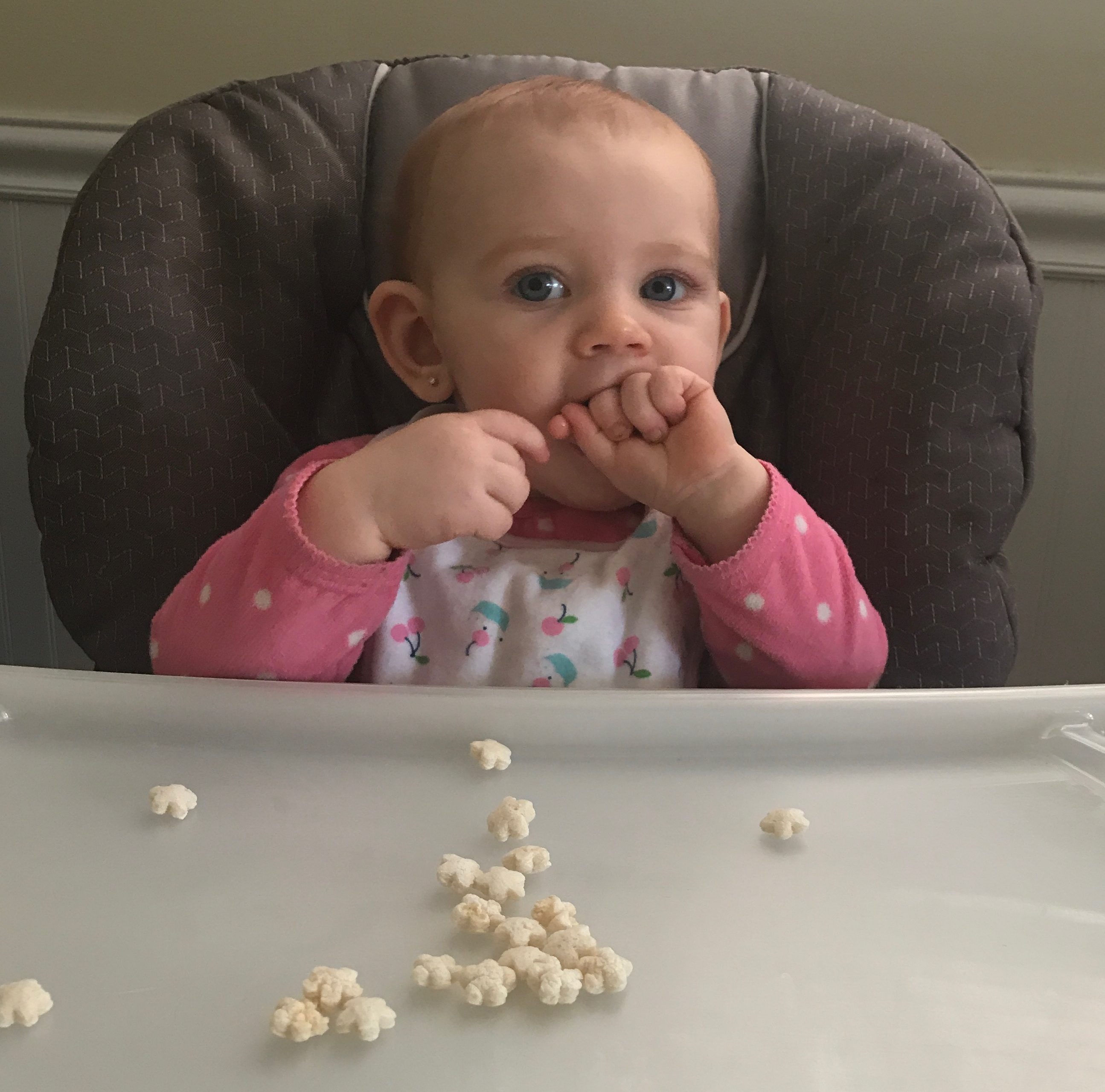
Your baby’s brain is optimized to provide rapid solutions to everyday problems he encounters. In the past several years researchers have learned that babies have a concept of numerical value. When tested, babies will look longer at an object when one goes behind a screen and two come out. Babies notice this increase in numbers. This is called “numerosity detection” or the ability to distinguish between groups of different sizes. When a baby is presented with a group of four items, let’s say cheerios, then they are taken away and the same four items are returned, the baby is relatively uninterested. However, if eight cheerios re-appear, the baby will keep his gaze on the cheerios longer, indicating that he is aware in the change of amount. He is showing numerosity detection. This additional gaze also indicates problem solving, or his mind working out the difference in amount.
FMRI scans have found that the part of the brain active in assessing numerosity are the same parts of the brain that are active in solving problems, working memory, and qualitative processing, the left prefrontal cortex.
By solving problems, your baby is exercising some parts of the brain responsible for higher level math skills.
Present your baby with simple problems, and expose your baby to groups of items and use words like more or less when you organize the puffs into piles on her high chair tray.
References:
Aamodt, S. & Wang, S. (2011). Welcome to Your Child’s Brain: How the Mind Grows from Conception to College. Bloomsbury, NY.

